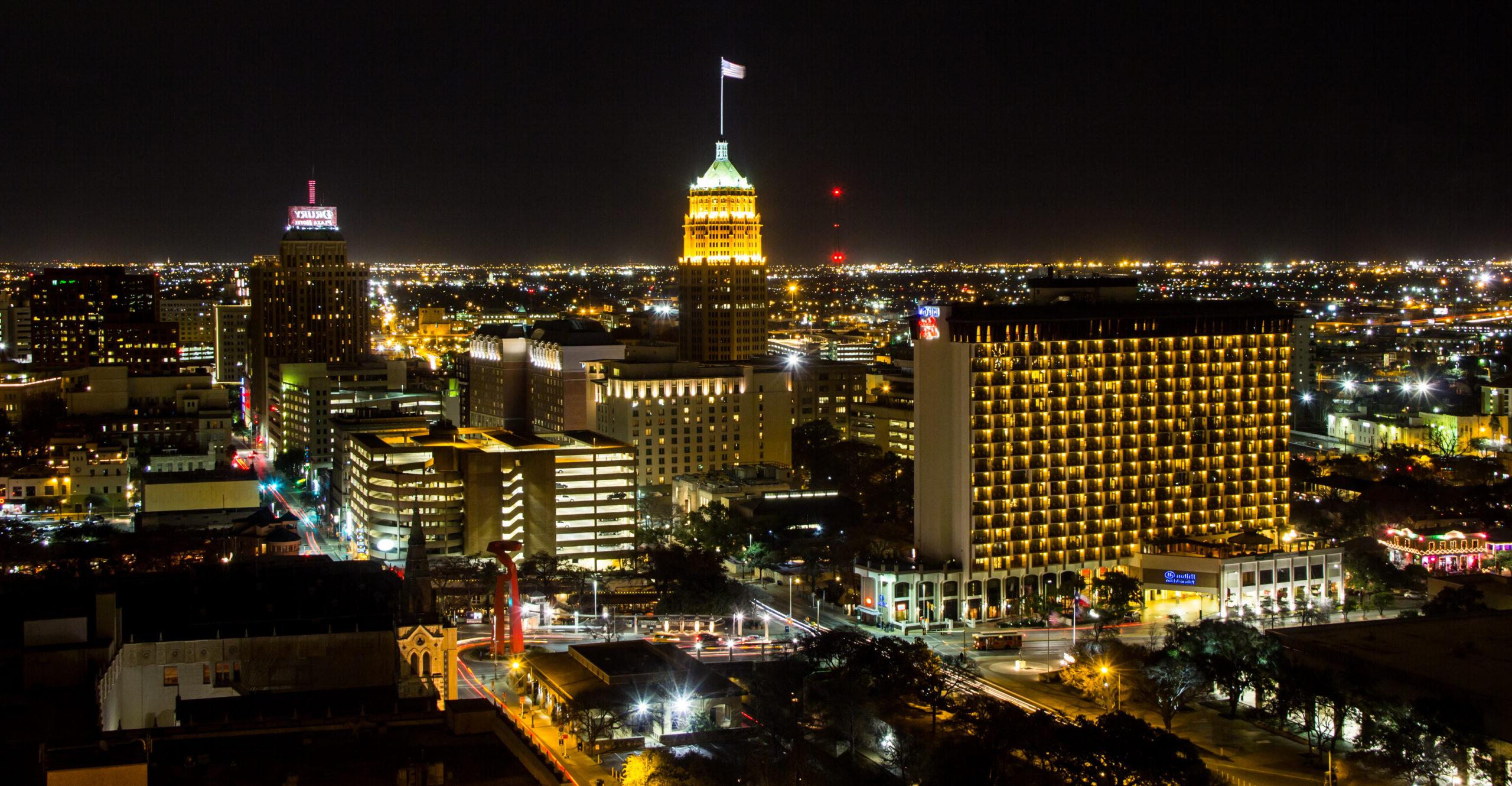Survive ’23 to Thrive in ’25: A Bright Future Awaits
October 18, 2023

Photo Credit CUTRER PHOTOGRAPHY.
In the wise prose of Merle Haggard, “If we make it through December, everything’s going to be all right I know…” That is the way I see the commercial real estate market just now.
Recessions Past
At a lunch recently with another real estate broker and company owner, the question came up, “Is this going to become like the 1980’s?” My answer was “no”, because that was definitely the worst of times, and I don’t see this current episode as becoming that dark. Back then, the early 1980’s saw an enormous building boom, as Texas experienced a huge gusher in oil production, from the Arab-Israeli Wars of the 1970’s and the resultant OPEC embargos. Texas was part of the Sunbelt economy, in contrast to the Rust Belt, and we were seeing a lot of in-migration from the northeastern states. Then, we had Savings and Loans dedicated to making construction loans for every type of commercial property which became extremely overdone. But the S&Ls were desperate for the fee income, when interest rates skyrocketed into the double digits as the FED sought to squash inflation.
Then, in 1986, the real estate friendly tax laws were reversed, and tax shelters went away. Oil crashed to $10 a barrel and we entered a Recession. The S&Ls cratered over the next three years, and even the good ones were closed by the regulators. It kept getting worse with mass foreclosures, bankruptcies and even nine banks were liquidated. By the early 1990’s half the real estate workforce was gone, and the only survivors worked for the Resolution Trust Corporation, a government holding company that became the repository for billions of dollars of commercial real estate. There were huge bargains, like a tract of land that had been on the market for $150,000 per acre that sold for $15,000 per acre. It later sold for over $5.00 per square foot. But everyone in real estate had been wiped out and couldn’t buy. Those Texans that still had money were not in real estate and certainly weren’t going to jump in after that blood bath. However, east and west coast investors converged on the many auctions and scooped up huge bargains, eventually making many times their investment back. This seven-year period was a true Depression in real estate, with values falling 80% or more. That was then, and this is now.
In 2008 the Great Financial Crisis put the target on banks and Wall Street, like the S&Ls in 1980’s. That washed out all the weak hands and got a few strong hands dirty, too. However, SA rode this out well with not too much stress. That was then, and now is different. The banks are much stronger and more cautious. However, as I mentioned last month, the refinancing problems many face in the next year will be difficult. San Antonio is not in the terrible position in which we found ourselves back in 1986. There will be foreclosures, but there is a great deal of “dry powder”, available cash, ready to pounce. We are not overbuilt as we were then, but I think the real pain is being felt in San Francisco, Chicago and New York as they wrestle with the dramatic shift in office use due to Covid, along with terrible crime and homelessness issues.
San Antonio’s Resilient Transformation
Today is not then. However, a great deal has changed in San Antonio in the past decades. We have a much more diversified economy. Toyota, Navistar and Aisin have built manufacturing plants here. Kelly and Brooks Air Force Bases have been transformed into vibrant tech and industrial center. Port San Antonio combines aerospace facilities like Boeing and Lockheed with over a dozen new cyber-security companies. Brooks City Base combines manufacturing with office service centers, retail and Mission Trails Baptist Hospital. And then, Joint Base San Antonio, including San Antonio Military Medical Center, Ft. Sam, Randolph AFB, Camp Bullis and other facilities contributes over $41 billion to our economy.
San Antonios Steady Rise
The San Antonio–New Braunfels Metropolitan area has a population over 2.6 million as of the end of 2022 and a workforce of 1,239,000 growing nearly 7% in five years, and nearly double the national rate. Our population grew by over 163,000 in the past five years and is projected to grow by another 141,000 in the next five years. From 2012 the Gross Metropolitan Product of our fair city grew from $93 billion to a whopping $144 billion, a 56% increase in 10 years!
The economic development organization spearheading the collaboration in our area is greater: SATX, and it projects that by 2025 we will have 30,000 new jobs in the industries they are targeting, with $5 billion in new capital investment. This will then result in lots of spin-off jobs in other industries, for a total community impact of 140,000 jobs and a total of $55 billion in economic impact.
SA’s strongest growth sectors are now professional, scientific and technical services, followed by transportation and warehousing, then construction and manufacturing, with a total of approximately 50,000 jobs.
The Powerhouse Megaregion Shaping Our Future
When we couple this strong performance and prospects in San Antonio with our neighbor to the north, we form the Austin-San Antonio Corridor or, ASAMSA, a powerhouse megaregion of over 5-million population, and $340 billion in gross product output. That puts us in the top ten regions in the country.
So, we will have to push through the current unpleasantness because a bright future lies before us.
Let’s “make it through December” and survive ‘23 to Thrive in ‘25!

